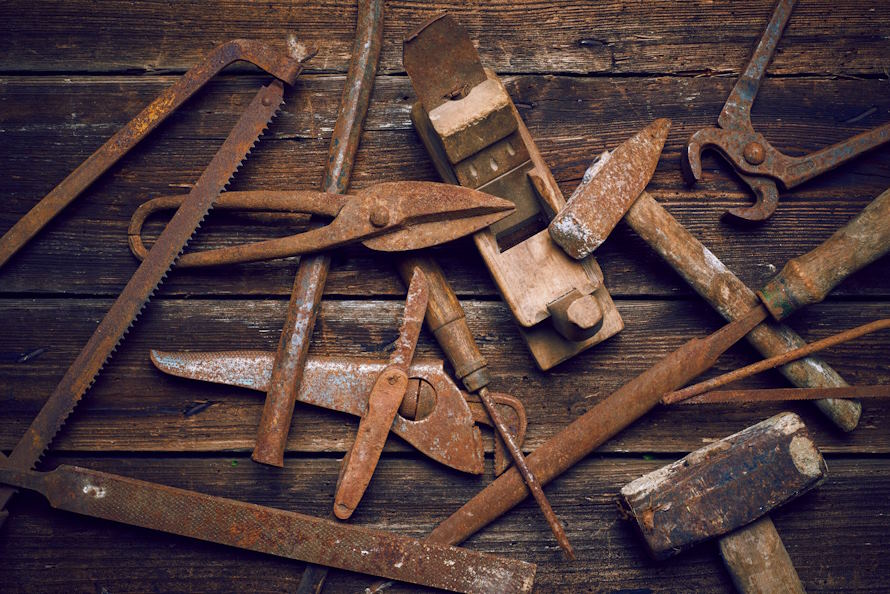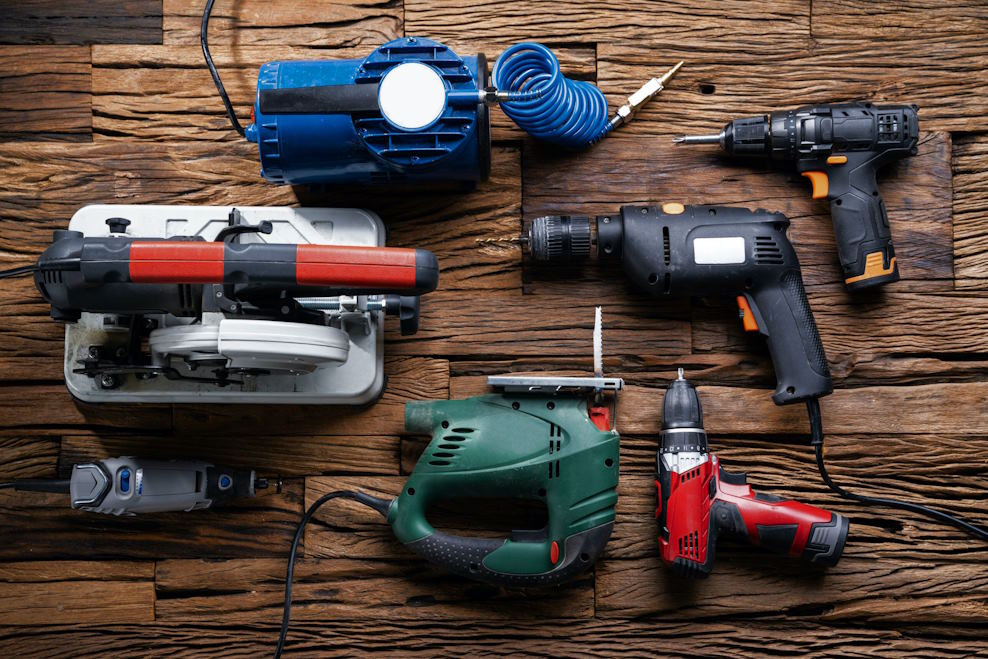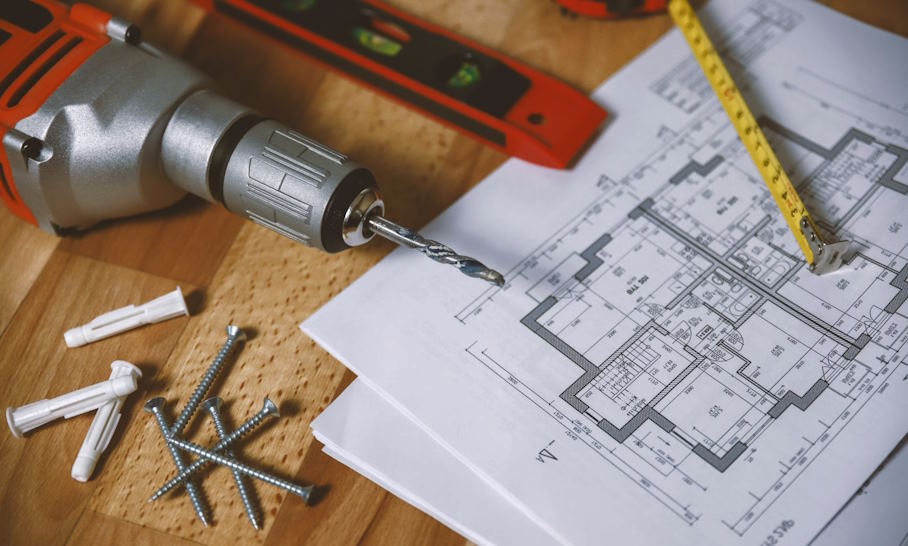In the realm of craftsmanship and DIY enthusiasts, the lifespan of your tools can be the difference between a project’s triumph and a frustrating setback. Tool maintenance, often overlooked in the rush of creative or professional endeavors, stands as a formidable guardian of both your investment and your productivity. Imagine your trusty power drill suddenly seizing up or your prized set of chisels losing their edge precisely when you need them the most. The cost-saving and time-efficient benefits of extending the life of your equipment cannot be overstated.
Proper Storage: Preserving Your Tools for the Long Haul
Tools are your trusty companions in tackling various tasks, but their longevity is greatly influenced by how you store them. Neglecting proper storage can lead to premature wear and tear, rust, and even accidents.
The Impact of Storage Conditions on Tool Longevity
The environment in which you store your tools has a profound impact on their lifespan. Humidity, temperature fluctuations, and exposure to the elements can all take a toll. Moisture-laden air can cause rust to form on metal surfaces, while extreme heat or cold can affect tool materials. To combat these issues, consider investing in climate-controlled storage options or using moisture-absorbing products like silica gel packets. A dry, stable environment can significantly extend the life of your tools.

Organizing Your Tools for Easy Access
Efficient tool storage isn’t just about preservation; it’s also about productivity. Organizing your tools ensures you can quickly find what you need when you need it. Use pegboards, wall-mounted racks, or tool chests with designated compartments to keep everything in its place. Labeling or color-coding can further streamline your workflow, saving you valuable time during projects.
Tips for Storing Tools in Different Environments
Storing tools in various environments, such as a garage, workshop, or even outdoors, requires tailored strategies. In the garage, consider elevated shelves to protect against moisture and pests. In a workshop, keep tools within arm’s reach of your primary workspace. For outdoor storage, invest in weather-resistant toolboxes or cabinets to shield your tools from the elements. Always clean and lubricate your tools before storing them, regardless of the environment, to prevent rust and ensure they’re ready for action when you need them.
Maintenance of Power Tools: Power Up and Prolong
Power tools are the workhorses of many workshops and job sites, delivering speed and precision. Yet, they require specialized care to remain reliable and safe.
Unique Considerations for Power Tools
Discovering the unique features of heat guns, in contrast to their manual counterparts, is crucial when considering safety precautions. Regularly inspecting power cords and plugs for any signs of damage is essential to reduce potential electrical risks, and if needed, replace them promptly. Furthermore, it is important to follow the recommendations in the heat guns – FAQs and tutorials for lubricating moving parts to maintain peak performance. For battery-powered heat guns, ensure batteries are adequately charged and strictly adhere to the manufacturer’s specified storage guidelines. Remember, neglecting these vital precautions can result in costly repairs or accidents down the road.

Blade Sharpening and Replacement
Blades are the heart of many power tools, and their sharpness directly impacts performance. Dull blades not only slow you down but can also compromise safety. Follow manufacturer recommendations for sharpening or replacing blades. Invest in quality sharpening tools or consider professional sharpening services. Always disconnect the power source and remove the battery before changing or sharpening blades to prevent accidental starts and injuries.
Safety Precautions When Maintaining Power Tools
Safety should never be an afterthought when maintaining power tools. Use personal protective equipment (PPE), including safety goggles and gloves, to shield yourself from flying debris and sharp edges. Work in a well-ventilated area to mitigate dust and fumes. Before maintenance, ensure the power tool is completely powered off and unplugged or that the battery is removed. If you’re unsure about any aspect of maintenance, consult the user manual or seek guidance from a professional.

